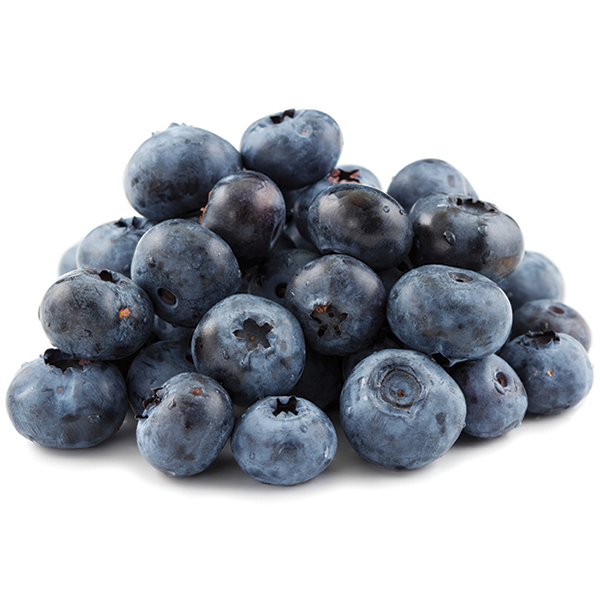
Blueberries in any form are popular with consumers, but organic blueberries are showing great growth. Organic blueberries, like other berries, carry a higher price tag, but it is a price many consumers are willing to pay. Put some marketing muscle behind organic blueberries to add profit to your bottom line.
Organic blueberries are available mostly year-round. However, promotable volumes are most readily available in the late spring and summer. Plan promotions in those months as prices will be lower.
Organic blueberries are a versatile fruit. They can be served raw or baked in pies, muffins and pancakes. They are a popular addition to breakfast cereal and yogurt and can be used to top ice cream. Take advantage of blueberries’ many different uses to create cross-merchandising opportunities.
Blueberries are considered a “superfood.” Promote their health benefits to health-conscious consumers by including them in promotions aimed at consumers who want to get fit. Organic blueberries are also a perfect fit for kids. Promote them to parents as a healthy, convenient snack or addition to the lunch box.
Don’t forget to promote organic blueberries during both the winter and summer holidays. While they are a popular addition to cookouts and spring salads, they can also make a splash in a fruit salad during the winter holiday season.
Organic blueberries sell best when displayed with other organic berries with similar price points. When displayed next to conventional berries, the price difference may make consumers think twice about the organic option. Create a separate organic berry patch display that includes strawberries, blueberries, blackberries and raspberries. Consider a free-standing display near the front of the department to catch consumers’ eyes when they walk in. Use organic strawberries, and their lower price point, to draw attention to other organic berries.
Organic blueberries are fragile, so be sure to keep displays to one or two layers to avoid crushing the berries on the bottom. Offer different size clamshells to meet the needs of multiple types of consumers.
Organic blueberries are a favorite as a snack and as a breakfast food, but include preparation tips and recipes on your display to get consumers thinking about adding blueberries to other meals.
Shipping
Organic blueberries are most often shipped in cartons of 12, 4.4-ounce; 12, 6-ounce; and 12, 1-pint clamshells.
Grades
United States
U.S. No. 1
The grade applies to selected and hybrid varieties of the high-bush blueberry. Size is the general basis for sale. Larger berries bring a higher price. The number required to fill a half-pint measure determines size.
Handling
Color and brightness of fruit will vary depending on varieties. Look for berries that are blue to dark blue in color. Most varieties of fresh blueberries have silver-white frost, which is referred to as “bloom.” Lack of bloom on some varieties may be an indication of excessive handling and lack of freshness. Size doesn’t denote quality or maturity level.
If blueberries are exposed to higher than recommended temperatures, shelf life will be reduced significantly and skin will become rough-textured.
Temperature: 32 to 34 F, 0 to 1 C
Relative humidity: 90-95%
Mist: no
Typical shelf life: 10 to 18 days
Highly sensitive to freezing injuries